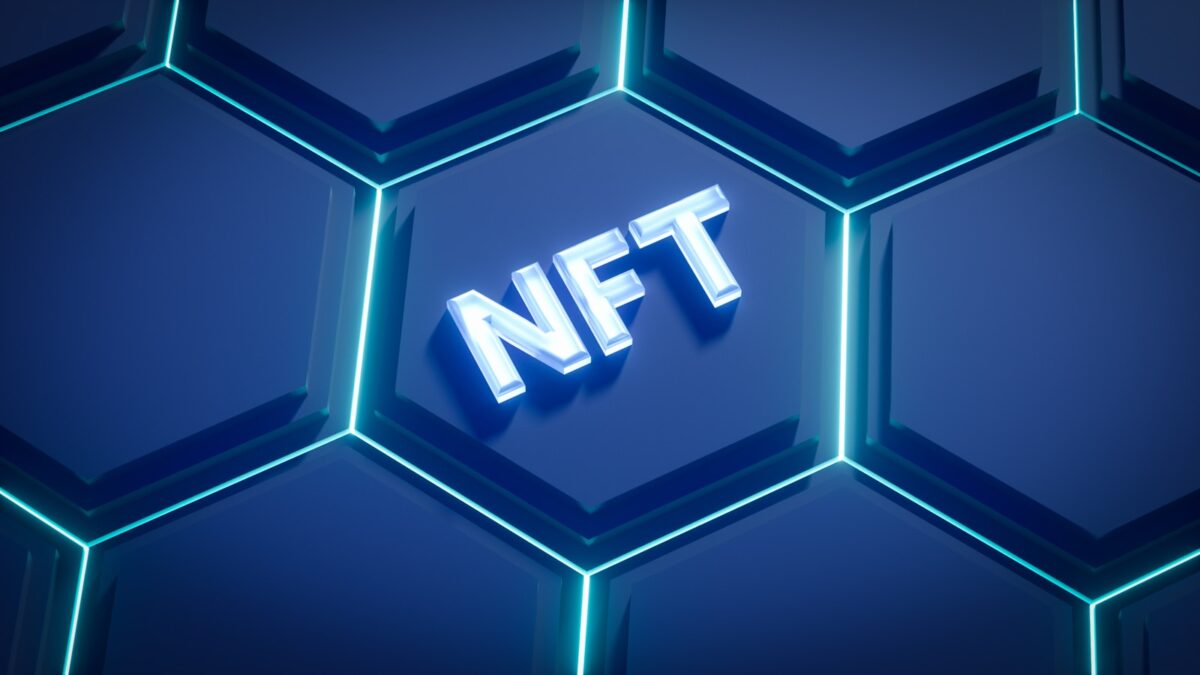
Layer 2 solutions overview

Off-chain approaches such as rollups and sidechains play a pivotal role in increasing transaction throughput by processing operations outside the main blockchain. These methods reduce congestion on the base layer, enabling faster and more cost-effective interactions without compromising security.
Rollups bundle multiple transactions into a single proof submitted to the main network, optimizing data storage and verification efficiency. This compression significantly boosts network capacity while maintaining decentralization and trustlessness.
Sidechains operate as independent blockchains connected to the main chain, allowing assets and data to move between chains securely. Their parallel structure provides scalability by offloading computational work, enhancing overall system responsiveness.
The Lightning protocol exemplifies an off-chain payment channel that facilitates near-instant transactions with minimal fees. By settling balances off the main ledger until finalization, it demonstrates how layer-2 architectures can drastically improve user experience through increased speed and reduced costs.
Combining these techniques enhances ecosystem efficiency and opens avenues for experimental implementations. Investigating trade-offs among security models, latency, and throughput offers valuable insights for advancing scalable blockchain infrastructures.
Enhancing Blockchain Performance Through Secondary Network Architectures
Addressing the inherent limitations of primary blockchain frameworks requires innovative off-chain mechanisms that extend transaction capacity without compromising security. The implementation of secondary protocols, often referred to as layer-2 methodologies, significantly elevates network throughput by executing transactions away from the main chain. By doing so, these approaches alleviate congestion and reduce latency while periodically anchoring results on the base ledger to ensure data integrity.
A prominent example involves rollups, which aggregate multiple transactions into compressed data batches submitted to the mainnet. This aggregation technique boosts efficiency by minimizing on-chain computational load and storage demands. Rollup variants such as optimistic and zero-knowledge provide distinct trade-offs between verification speed and cryptographic complexity, inviting further exploration into their respective performance metrics under varying network conditions.
Comparative Analysis of Off-Chain Scaling Frameworks
Off-chain channels like the Lightning Network introduce another paradigm for scaling transactional throughput through bidirectional payment corridors. These channels enable near-instant settlements between participants while settling netted results on-chain only upon channel closure. This design drastically reduces confirmation times and fees but necessitates continuous online presence of parties for optimal operation, presenting unique usability challenges worth experimental evaluation.
State channels expand this concept by allowing arbitrary smart contract interactions off the main ledger until final state commitment occurs. Analyzing practical deployments reveals significant gains in transaction rate and cost reduction while maintaining cryptoeconomic assurances. However, complex dispute resolution mechanisms require careful study to assess their impact on overall system robustness.
Emerging hybrid architectures combine elements from both rollups and state channels to optimize throughput and efficiency dynamically. Investigating these integrated systems through real-world benchmarks can illuminate pathways toward balancing scalability with decentralization principles inherent in blockchain consensus models.
The pursuit of scalable designs mandates a nuanced understanding of how each framework adjusts trade-offs among decentralization, security, and performance. Experimentation with parameter tuning–such as batch sizes in rollups or channel capacity in Lightning–can yield insights into optimizing operational parameters tailored for specific use cases within different ecosystems.
The ongoing evolution of secondary protocols promises continued advances in blockchain efficiency by harnessing off-chain computation combined with periodic commitments on base networks. Encouraging systematic experimentation around these architectures enables deeper comprehension of their capabilities and limitations, ultimately guiding more informed deployment strategies aligned with diverse application requirements.
How Layer 2 reduces fees
Reducing transaction fees relies primarily on increasing the network’s throughput by processing operations off the main blockchain. Off-chain methods such as rollups and sidechains aggregate multiple transactions, submitting only summarized data back to the primary ledger. This batching approach significantly cuts down gas costs per individual transaction by distributing fixed base fees across many users.
One effective technique involves state channels, exemplified by the Lightning Network for Bitcoin. By enabling participants to conduct numerous microtransactions off-chain and settle final balances on-chain, it minimizes expensive on-chain interactions. This mechanism decreases congestion and lowers overall fees while maintaining cryptographic security through multi-signature transactions and fraud proofs.
Technical mechanisms behind fee reduction
Rollups compress transaction data via compression algorithms and validity proofs before anchoring results on the base chain. Optimistic rollups assume correctness but allow challenge periods, whereas zk-rollups generate zero-knowledge proofs that instantly verify batch integrity. Both approaches multiply throughput from tens to thousands of transactions per second, diluting per-transaction costs dramatically.
Sidechains operate as independent blockchains connected to the main network through bridges. They maintain their own consensus models while periodically finalizing checkpoints on the parent chain. This separation allows lower-cost computation environments with reduced fees, though trust assumptions vary depending on sidechain security protocols.
The efficiency gained stems from reducing redundant computations and storage demands on the primary chain. By reallocating workload off-chain or onto parallel chains, these architectures mitigate bottlenecks causing elevated gas prices during peak demand phases. Empirical data shows rollup-based networks can achieve fee reductions exceeding 90% compared to direct mainnet submissions.
Increasing throughput through such scaling techniques invites deeper investigation into security trade-offs and interoperability challenges between layers of execution. Exploring how diverse implementations balance decentralization versus cost-effectiveness remains a fertile ground for experimental research and optimization in blockchain engineering.
Popular Layer 2 Protocols Comparison
For improving blockchain throughput and efficiency, rollup-based protocols currently offer the most scalable approach by executing transactions off-chain while anchoring data on the main network. Optimistic rollups such as Optimism and Arbitrum use fraud proofs to validate batches of transactions, significantly increasing transaction capacity without compromising security. These systems achieve throughput improvements by aggregating multiple operations into single compressed proofs, which reduces on-chain computational load and gas fees.
Zero-knowledge rollups (zk-rollups), exemplified by zkSync and StarkNet, employ validity proofs generated through complex cryptographic computations. This method enables instant finality and heightened security guarantees due to the mathematical certainty embedded in zk-SNARKs or STARKs. Compared to optimistic counterparts, zk-rollups typically provide faster settlement times and improved data compression, though they require more sophisticated proving infrastructure that impacts development complexity.
Sidechains present an alternative scaling technique where a separate blockchain operates parallel to the main network, maintaining its own consensus mechanism. Polygon PoS chain is a prominent case, offering high throughput via delegated proof-of-stake consensus with periodic checkpoints on Ethereum’s mainnet for asset security. While sidechains improve transaction speed and lower costs substantially, their reliance on independent validators introduces trade-offs in decentralization and potential security risks relative to rollup designs tethered directly to mainnet validation.
The Lightning Network targets rapid microtransactions primarily for Bitcoin but demonstrates concepts transferable across blockchains for payment channels. It allows users to open bilateral channels off-chain with instant settlement capabilities until channel closure reconciles balances on the base layer. This approach emphasizes minimal latency and minimal fees at scale but suits specific use cases rather than broad smart contract execution or general-purpose scaling found in rollups and sidechain models.
Integrating Layer 2 with Wallets
To increase transaction throughput and reduce on-chain congestion, integrating off-chain scaling technologies directly into cryptocurrency wallets is imperative. Wallets that natively support networks such as Lightning or rollup-based frameworks allow users to perform rapid, low-cost transactions without compromising security. This integration enhances the practical usability of blockchain assets by shifting computational load away from the main chain.
Wallet providers must implement communication protocols compatible with sidechains or optimistic rollups to facilitate seamless interaction between on-chain and secondary environments. By embedding these capabilities, wallets can monitor off-chain states efficiently and submit batch proofs or state commitments to the primary ledger automatically, ensuring integrity while optimizing resource consumption.
Technical Implementation and User Experience
Incorporating rollups within wallet infrastructure requires synchronizing state roots or fraud proofs periodically with the base network, demanding sophisticated validation logic. For example, zk-rollups rely on zero-knowledge proof verification which wallets must handle either locally or through trusted third-party relays. The balance between decentralization and performance introduces design challenges that wallet developers address by modularizing verification tasks.
Lightning Network integration exemplifies off-chain channel management embedded into wallet interfaces, enabling instant micropayments through bi-directional payment channels. Users benefit from decreased confirmation times and minimal fees; however, wallets must manage channel liquidity and routing algorithms effectively to maintain smooth operation. This necessitates continuous updates of channel states stored locally while syncing critical data on-chain at channel closure.
- Rollup-based Wallets: Require support for cryptographic proof generation/verification and batch transaction submission mechanisms.
- Sidechain-compatible Wallets: Must handle cross-chain messaging protocols and token bridges securely to enable asset transfers across chains.
- Lightning-enabled Wallets: Should integrate network topology awareness for efficient payment routing combined with secure key management for multi-signature channels.
The efficiency gained from this integration is quantifiable: rollups can increase throughput by up to 100x compared to native chain transactions, while Lightning facilitates thousands of TPS in off-chain environments without burdening the mainnet. Consequently, wallets supporting these enhancements empower users with both speed and scalability advantages traditionally unattainable solely on base layers.
Future developments anticipate tighter coupling between wallet software and emerging second-tier architectures, including zkSync’s zero-knowledge proofs or Polygon’s Plasma chains. Experimentation with hybrid models combining sidechains for asset custody alongside rollups for execution could yield further performance improvements. Encouraging community-driven audits of wallet-layer protocol integrations will be essential for maintaining trustworthiness as complexity grows.
Security Trade-offs in Layer 2 Scaling Approaches
Prioritizing throughput and efficiency through off-chain mechanisms like rollups and sidechains inherently involves nuanced security compromises that demand rigorous evaluation. Rollups leverage the main network’s consensus to secure transaction data, preserving strong finality guarantees while dramatically increasing processing capacity. In contrast, sidechains operate with independent consensus protocols, which can yield higher flexibility but introduce potential attack vectors due to weaker cryptoeconomic assumptions.
Exploring these dynamics reveals that selecting an appropriate scaling method depends on contextual factors such as threat models, decentralization priorities, and performance targets. For instance, optimistic rollups trade immediate certainty for batch validation delays, exposing temporary fraud risks mitigated by challenge periods. Zero-knowledge rollups employ succinct proofs to enhance verification speed but rely on complex cryptographic primitives that remain under active research scrutiny.
Implications and Prospects for Network Expansion
- Sidechains: Offer modular scaling by offloading execution yet necessitate robust validators or federations to maintain security; their design invites experiments in cross-chain interoperability and economic incentives for validator honesty.
- Rollups: Balance on-chain data availability with off-chain computation, providing a promising pathway toward mass scalability while anchoring security in the base layer’s consensus integrity.
- Throughput vs. Security: Increasing transaction throughput via off-chain aggregation invariably introduces latency or trust trade-offs; adaptive hybrid architectures could dynamically optimize this balance depending on use case requirements.
The trajectory of these approaches suggests a future where multi-faceted networks combine distinct methods–sidechains enabling specialized environments alongside rollup-centric hubs–to construct layered ecosystems enhancing both capacity and resilience. Continuous advancements in cryptographic proofs, fraud detection algorithms, and cross-domain communication protocols will refine the security-efficiency frontier. Researchers and engineers are encouraged to experimentally assess new consensus variants within sidechain frameworks and optimize proof systems for rollups to push the envelope of scaling without relinquishing fundamental trust assumptions.
This evolving interplay underscores the importance of iterative experimentation and open-source collaboration as essential drivers toward scalable blockchain architectures that preserve decentralization while meeting escalating throughput demands.


